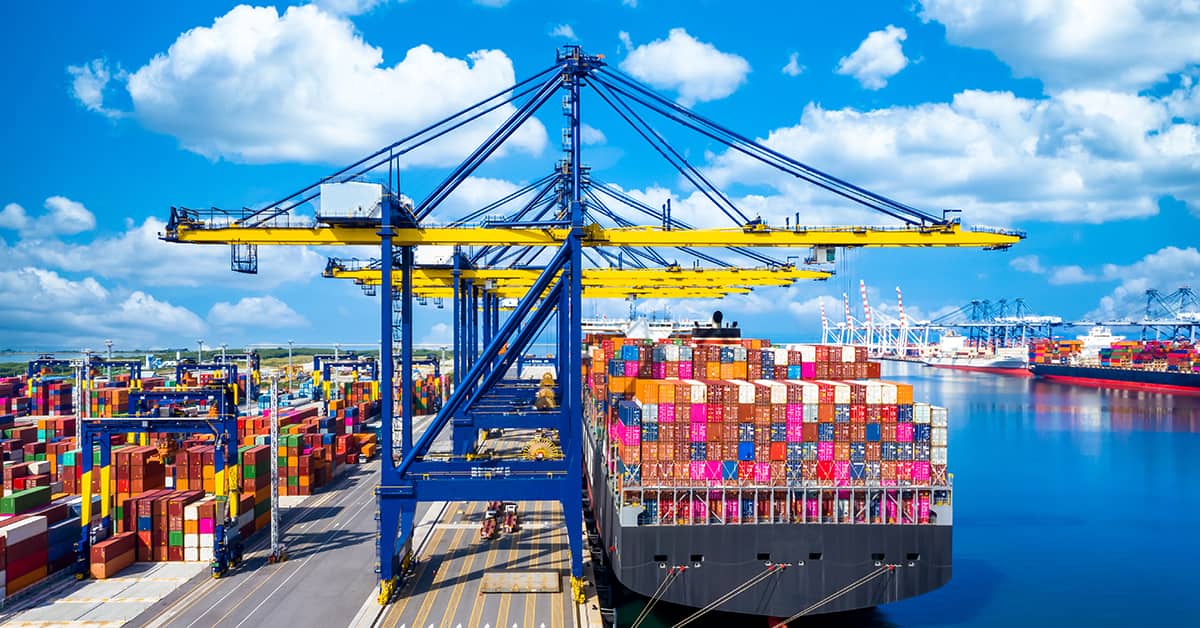Supply chain troubles force CFOs to come up with creative solutions.

The supply chain issues brought on by the pandemic have inspired some creative thinking among major retail CFOs. To avoid empty shelves when consumer demand came roaring back after lockdowns, these financial wizards had to get inventory in the door while keeping logistics costs in check. Beauty giant Estee Lauder and clothing store Abercrombie & Fitch both wisely brought in stock earlier than usual. Estee Lauder piled on raw materials and packaging earlier and was thus able to satisfy retailers when they called for fresh merchandise.
Other companies chartered their own ocean vessels to avoid unwelcome surprises. According to the Port of Los Angeles, this strategy is costly: a vessel with 3,000 containers sails at a cost of $40,000 per day, and when the merchandise is close to shore, retailers must negotiate small windows of time to unload. Nevertheless, deep-pocketed retailers such as Amazon.com, Walmart, Costco, Target, Home Depot, Ross Stores and Ikea all went that route. Edward Decker, COO of Home Depot, recently explained that he had “arranged for several container vessels for exclusive use.” Smaller retailers cannot fill entire vessels, so the big kids have the upper hand.
Williams Sonoma, the upscale kitchenware retailer based in San Francisco, got around Los Angeles jams by using different ports. “We have multiple distribution points in the US,” explained CFO Julie Whalen during her third-quarter presentation. “We can bring goods into multiple ports, which a lot of people can’t do without spending a lot of money.” The retailer was also eager to explore “other parts of the world that we’ve never sourced in large quantity in.” When Vietnam was shutting down, Mexico and Brazil became good alternatives.
Some companies are even choosing pricier air freight. Last quarter, American Eagle Outfitters, a teen fashion favorite, beefed up logistics spending by 32% to bring in clothing by plane. The company also refined its supply chain system by buying Air Terra, and later Quiet Logistics, to accelerate its last-mile delivery. With a network of six distribution centers throughout the US, Quiet Logistics can deliver goods within 24 or 48 hours.



